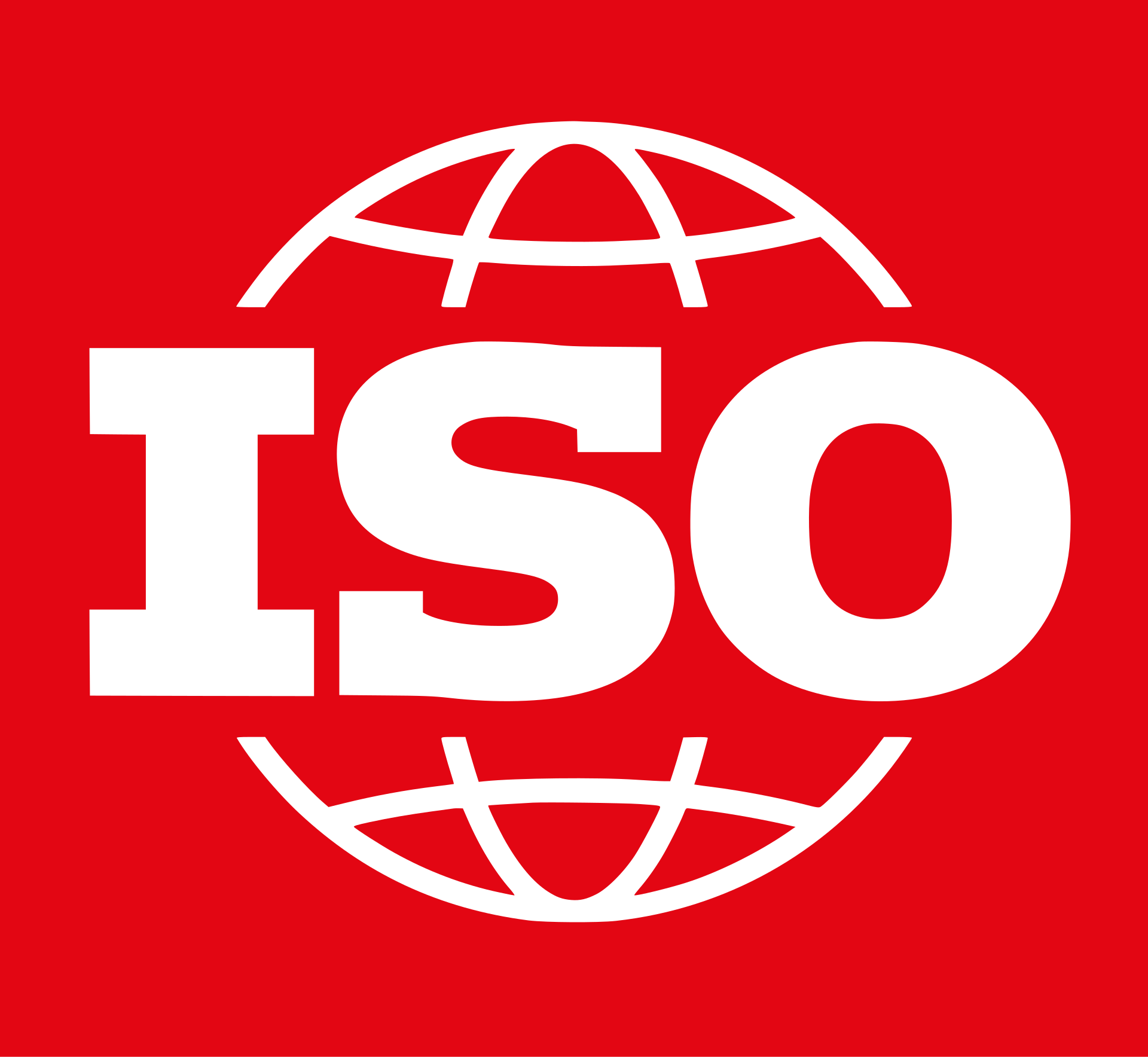ISO/IEC 42001
ISO/IEC 42001 is a groundbreaking international standard designed to ensure the responsible development, deployment, and management of artificial intelligence (AI) systems. It provides organizations with a comprehensive framework to address the ethical, legal, and operational risks associated with AI, fostering trust and transparency in AI technologies. Secureframe offers out-of-the-box support for ISO 42001 compliance.

Definition and purpose
The purpose of ISO 42001 is to establish a management system standard for AI, guiding organizations in implementing controls and practices that promote ethical AI usage, minimize risks, and ensure compliance with regulatory requirements. It aims to enhance accountability, transparency, and fairness in AI operations.
Governing Body
SO 42001 is governed by the International Organization for Standardization (ISO) and the International Electrotechnical Commission (IEC), specifically under the joint technical committee ISO/IEC JTC 1/SC 42, which focuses on artificial intelligence.
Last updated
The latest version of ISO 42001 was published in 2023. As AI technologies and best practices evolve, updates are periodically made to ensure the standard remains relevant and effective.
Applies to
ISO 42001 applies to all industries that utilize AI technologies, including but not limited to healthcare, finance, manufacturing, telecommunications, and public services. It is relevant for any organization looking to integrate AI systems in a responsible and ethical manner.
Controls and requirements
The standard includes comprehensive controls and requirements, such as:
- Governance Structures: Defining roles and responsibilities for AI oversight.
- Risk Management: Systematic risk assessments and mitigation strategies.
- Ethical Guidelines: Ensuring fairness and preventing biases in AI systems.
- Transparency and Explainability: Maintaining clear documentation and explainability of AI processes.
- Data Management: Ensuring data quality, privacy, and security.
- Continuous Improvement: Ongoing monitoring and enhancement of AI systems.
- Compliance and Legal Requirements: Adhering to relevant laws and standards.
- Stakeholder Engagement: Involving stakeholders in AI governance and decision-making processes.
For a complete list of controls and requirements, please refer to the official ISO 42001 standard documentation.
Audit type, frequency, and duration
ISO 42001 certification audits typically involve both documentation reviews and on-site inspections to assess the implementation and effectiveness of the AI management system. Initial certification is followed by annual surveillance audits and a recertification audit every three years.
The duration of audits can vary depending on the size and complexity of the organization, but initial audits generally take several days, while annual surveillance audits may be shorter.